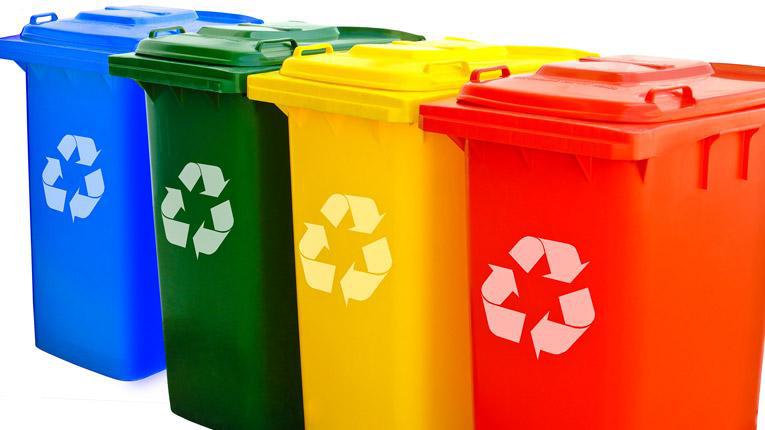How is waste disposed of following a road accident?

How is waste disposed of following a road accident?
Safety and Environment is the only company in the sector to ensure the real-time traceability of its interventions, quantifying and cataloging every single waste removed from the roadway. These data can be directly consulted by the road network operators affiliated to the Reserved Area of the Safety and Environment portal accessible from the website
But how is the waste actually disposed of?
Our Operational Logistics Centres (CLO) as a result of cleaning operations, are producers/ holders of waste accumulated as a result of recovery operations. Therefore, the individual CLO, reclaimed the area affected by the accident, sucks up and collects the waste produced, placing them inside special containers provided for polyfunctional vehicles.
These containers are identified with labels bearing the respective European Waste Code (15.02.03; 16.03.04; 16.10.02; 15.02.02*; 16.03.03*; 16.10.01*). At this point, before carrying out the transport at its headquarters, the operator shall complete the waste identification form (FIR) for the purpose of regular handling from the place where the waste was materially produced, until the CLO headquarters.
The correct compilation of the documents is guaranteed by the assistance of the Security and Environment Operations Centre structure. Once the waste has been transferred from the intervention site to its operational site, it is deposited in larger capacity drums, always separated in compliance with the different types of waste, based on the C.E.R. codes on the containers.
Proper disposal
The waste is then placed in “temporary storage” at the headquarters of each of the CLO. Within 10 days from the production of waste, by the holder of the same (operator-producer), the waste will be noted, with loading operation, on the appropriate “Register of loading and unloading of waste”, endorsed to the competent CCIAA.
The waste in temporary storage is collected, within 12 months of its production, by specialized conveyors and sent to a suitable facility for disposal or recovery. The relevant FIR shall be completed with the indication of the date of transport, the type and quantity of the waste, the destination of the transport and the plant. Indicating in the field “FIR record” Safety and Environment as intermediary in waste management.
The form shall be countersigned for acceptance by the receiving plant. The facility will indicate the exact amount (weighed) of the waste delivered, and the fourth copy of the FIR will be sent to the CLO.
Although they may seem long and cumbersome, these operations are necessary to ensure the correct disposal of waste, in accordance with current environmental legislation and in transposition of the European Union Legislation on waste management. The added value of a company that has made sustainability and environmental protection, the distinctive elements of its service.
Contacts

